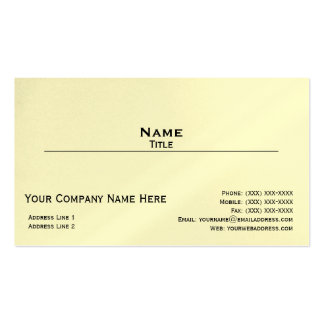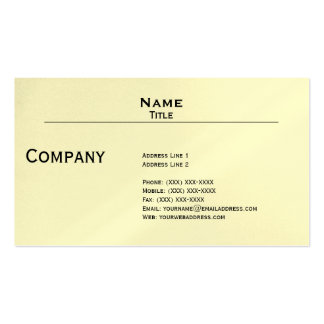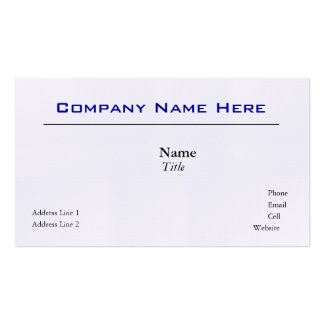Over the years, Google has made reference to its stable of human raters used to determine the quality of sites, helping to improve the algorithms used for search. Those raters use the “Human Rater Handbook” to check for a wide variety of things Google has dubbed important, and they rate sites according to how they fulfill all that criteria.
Sounds like a valuable tool for SEOs to get their hands on, huh? Well, in July a copy of the handbook leaked out onto the Internet, and people have been trying to glean insights from it ever since, looking for the key to rising through the Google ranks.
The truth is, there’s no one magical key. This document doesn’t deliver any earth-shattering revelations about how Google decides its rankings. But it is a good reminder about what Google considers important, and for that reason it should be required reading for SEOs.
Of course, the document itself is also super long, 160 pages, so if you’re looking for the Cliff’s Notes version, read on for a quick primer on what we can learn from Google’s “Human Rater Handbook.”
The Role of Human Raters
But first, a quick summary of the role of human raters. Google uses algorithms to deliver what it believes are the most relevant results to people doing searches.
The human raters give input to ensure that these are, indeed, useful search results. Their job in a nutshell:
- Determine the effectiveness of search results
- Test changes to the algorithm
- Analyze the quality of different websites
- Assess a site’s reputation
- Note a site’s supplementary content
What Are Some of the Most Important Points in the Quality Rater Guidelines?
The quality rater guidelines are long and very in-depth, touching on dozens of different things raters should keep an eye out for. Here is a summary of the most important and most relevant takeaways for SEOS.
1. High-Quality Content is King
What you have heard is true: content is indeed the make-or-break part of search. Google rates sites with the best content the highest. This means content that is not only useful to people searching it out but also written clearly and easily understood. The best thing your web site can do, based on these guidelines, is hire a professional writer to ensure you have the best content.
2. It’s Key to Link to Other High-Quality Sites
Google has its raters be on the lookout for links to other high-quality sources on the web. The logic is if your site is reputable, you will be linking to other reputable places and not to spammy sites that are just looking for a sale. High-quality sites include trusted resources such as The New York Times or The Wall Street Journal. Low-quality sites include link farms and places where anyone can give “expert” commentary, such as Yahoo Answers.
3. Updating Your Website Regularly is Critical
SEOs have been telling their clients for years to keep their sites updated with fresh content. These rater guidelines remind us why. Google puts a high value on information that is up to date, and for good reason. When you do a search on, say, “latest SEO guidelines,” you don’t want to read resources from two years ago. They are dated and unreliable. As a consumer, you want the fresh stuff. This is one thing SEOs and Google can agree on.
4. Including Contact Information Can Boost Your Site
Google hates spammers; this we all know. So anything that makes your site appear less-spammy is going to play well with the human raters. This includes putting contact information on your pages, so that people can get in touch with you. Leaving such information off is a hallmark of webspam. Include your information under a heading such as “contacts” or “how to get in touch.” This way it’s obvious to the Google team you are legit.
5. Positive Reviews Can Make a World of Difference
The Google human raters have been trained to be wary of sites that receive negative reviews. While they will not necessarily punish sites without any type of review, they will crack down on those that have complaints logged against them. And they will reward those with positive reviews. Monitoring your reputation online is thus all the more important, because not only do you not want negative reviews coming up in queries about your company, you also want to boost your search results.
6. Supplementary Content Is a Helpful Tool
The human raters at Google are always looking for ways that websites can help out their users. That is why Google rewards sites with supplementary content, such as resource pages or informative articles, with better search results. To give your site a lift, think about what other content might be useful to visitors.
7. Beware of Your Ad Placement
Advertising can be a hindrance when it comes to search rankings. Raters are told to keep an eye out for any disruptive advertising that distracts from the content of the page. Sites with lots of
ads at the top or ads that are hard to ignore will be penalized.
In Google’s Own Words
What better way to figure out what Google is looking for in a web page than to hear it from the company itself? The good news is the leaked guidelines largely confirmed SEOs have been taking the right approach with most of our search tactics for years. If you are getting good results, there’s probably no reason to change what you are doing.








No comments:
Post a Comment